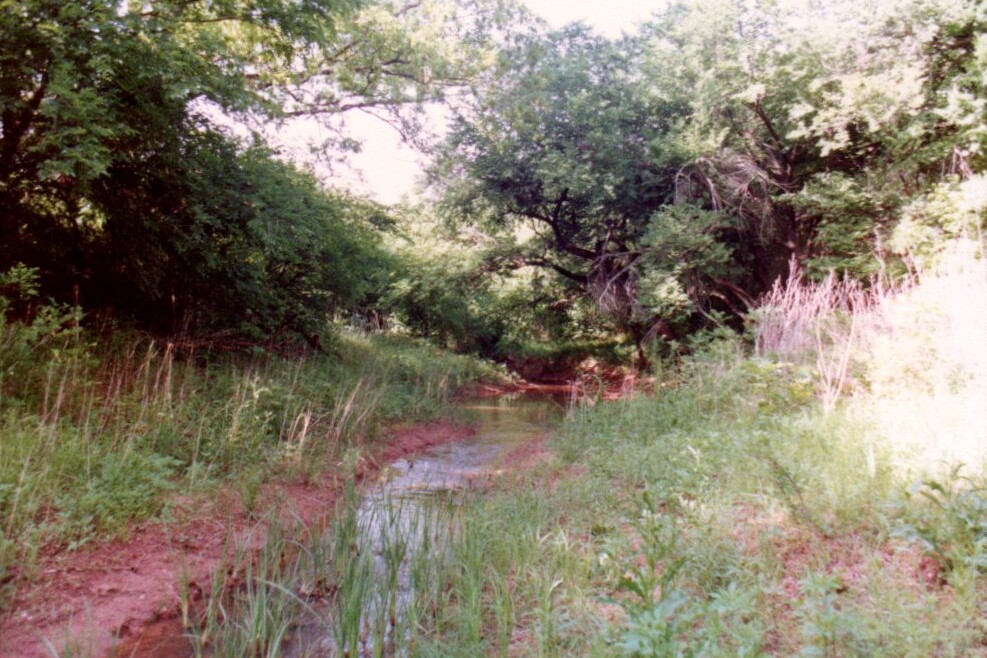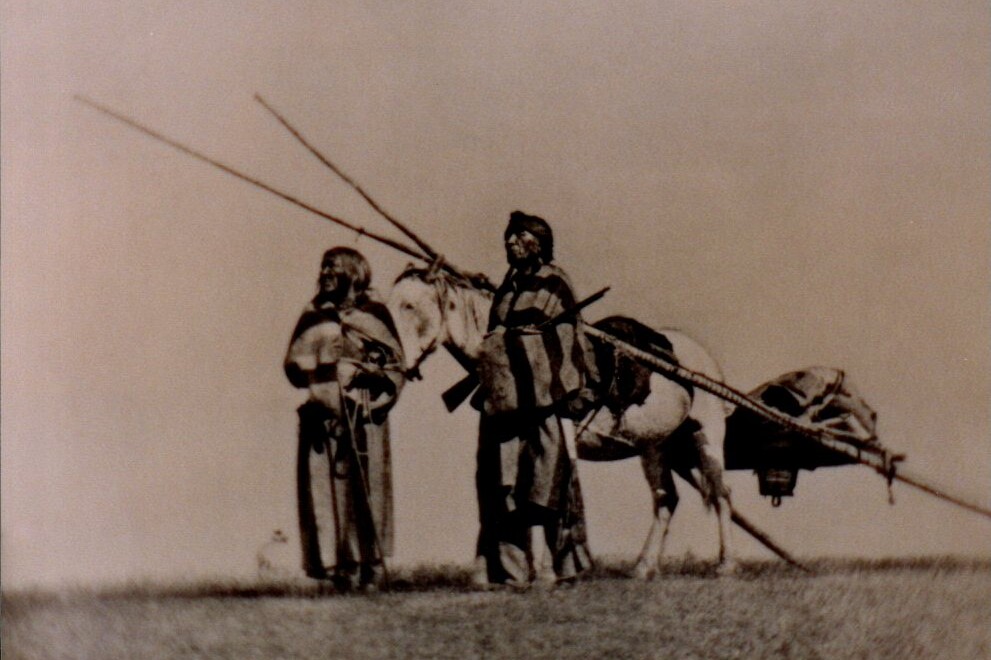About Buffalo Gap, TX
Nestled in the natural beauty of the Callahan Divide, Buffalo Gap is a small, close-knit community with fewer than a thousand residents. Despite its size, this charming town is rich in history and offers unique dining, cozy lodging, and a range of family-friendly attractions. With picturesque streets lined with majestic oaks, Buffalo Gap embodies the spirit of rural Texas while embracing modern growth.
At the heart of Buffalo Gap’s history is the Buffalo Gap Historic Village, an open-air frontier-town complex featuring buildings from the 1880s to the 1920s. This living museum brings the past to life, showcasing the pioneering spirit that built this town. Nearby, Abilene State Park offers year-round outdoor activities such as wildlife viewing, camping, fishing, and hiking. The park’s peaceful setting, starry skies, and educational programs make it a beloved destination for both locals and visitors.
Buffalo Gap is also home to nationally recognized organizations that contribute to the town’s strong sense of community and its commitment to preserving its heritage. These organizations, along with family-owned businesses, places of worship, and a top-rated school, help maintain the town’s unique character and welcoming atmosphere.
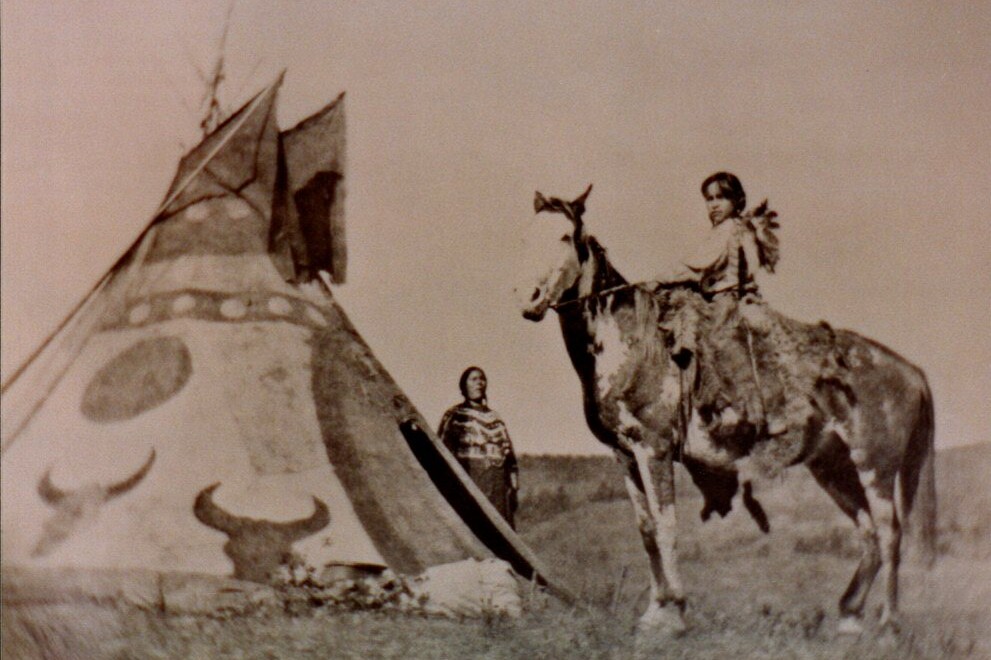
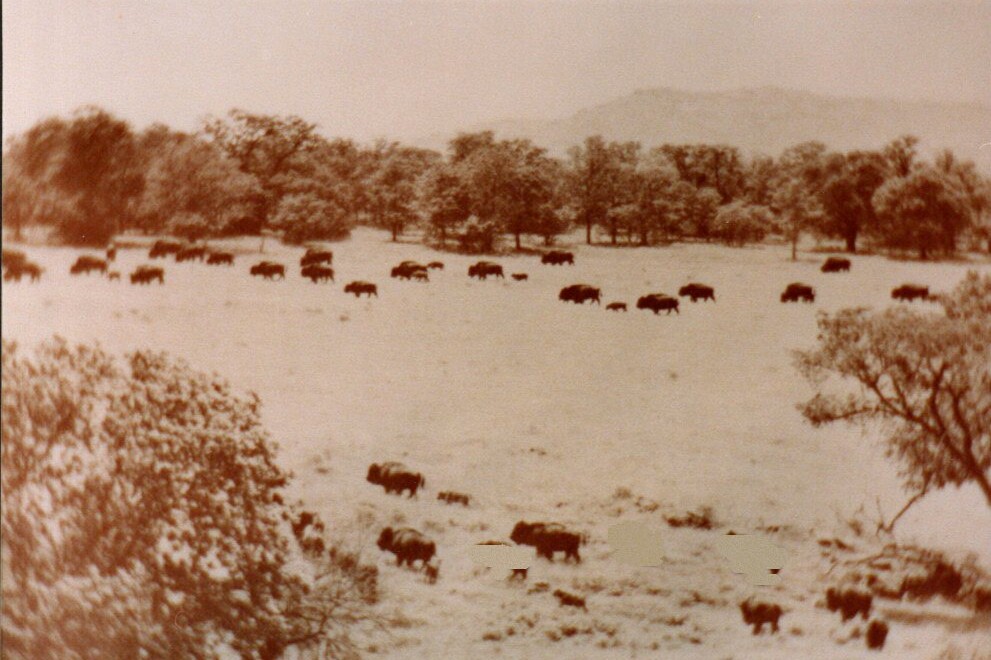
Historical Pride
Buffalo Gap’s roots trace back to the early 1870s when Buffalo Soldiers arrived to hunt the buffalo herds migrating from Montana into Texas. The natural gap in the Callahan Divide provided an ideal passage for these herds, giving the town its name and early identity.
According to some sources, Buffalo Gap was officially founded in 1875—a date proudly displayed on the City Hall reader board. By 1877, the town had grown enough to establish its own post office, with the population reaching 400 by the following year. The town’s significance was further recognized when Governor Richard Hubbard declared Buffalo Gap the official county seat of Taylor County on July 3, 1878.
As Buffalo Gap developed, new businesses and institutions emerged, including the construction of a courthouse, hotel, blacksmith shop, general store, newspaper, saloons, stables, and banks. In 1885, Buffalo Gap College opened, marking the town as a thriving center of education and commerce.
However, in 1895, the arrival of the Santa Fe railroad brought a significant shift. The railroad bypassed Buffalo Gap in favor of the flatter terrain in Abilene, leading to a change in growth and prosperity. While Abilene rapidly expanded, Buffalo Gap’s growth slowed. Despite this, the town’s residents remained deeply connected to their community.
In the 1920s, the Old Settlers Picnic was established, becoming a cherished tradition that is still celebrated today at the Old Settlers Grounds—a site used for community events and the town’s monthly flea market.
In 1956, local resident Ernie Wilson purchased the original Taylor County Courthouse and founded the Museum of the Old West, now known as the Buffalo Gap Historic Village. This historical gem preserves the legacy of Buffalo Gap, offering visitors a glimpse into the life and times of the Old West.
In the 1980s, Buffalo Gap made history with its unique Volunteer Fire Department, composed almost entirely of women, with the exception of Fire Chief and Mayor Glenn Johnson. This all-female department exemplified the town’s spirit, dedication, and community involvement

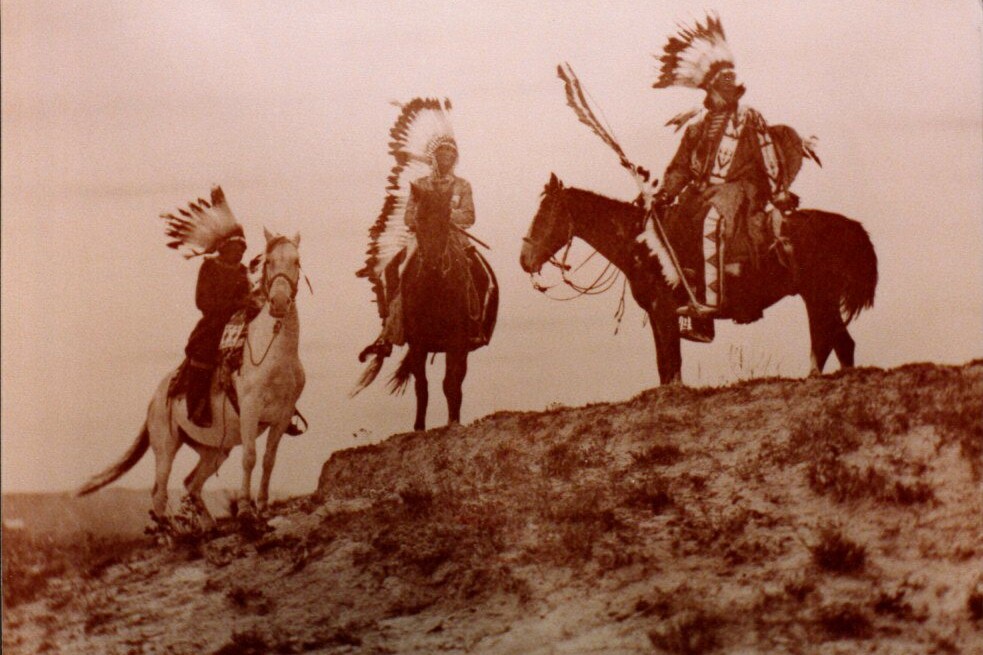
Jim Ned Consolidated School District
Buffalo Gap is served by the highly regarded Jim Ned Consolidated School District, recognized as one of the top-rated districts in Texas. Named after a Delaware Native American chief who served as an interpreter in the 1840s, Jim Ned CISD includes Jim Ned High School, Jim Ned Middle School, and Lawn and Buffalo Gap Elementary schools. The district is named after the Jim Ned Creek, which runs through the area, and the surrounding communities that make up the Jim Ned Valley. The district’s commitment to providing a superior education ensures that local youth are well-prepared for the future, while remaining connected to the region’s rich history.
